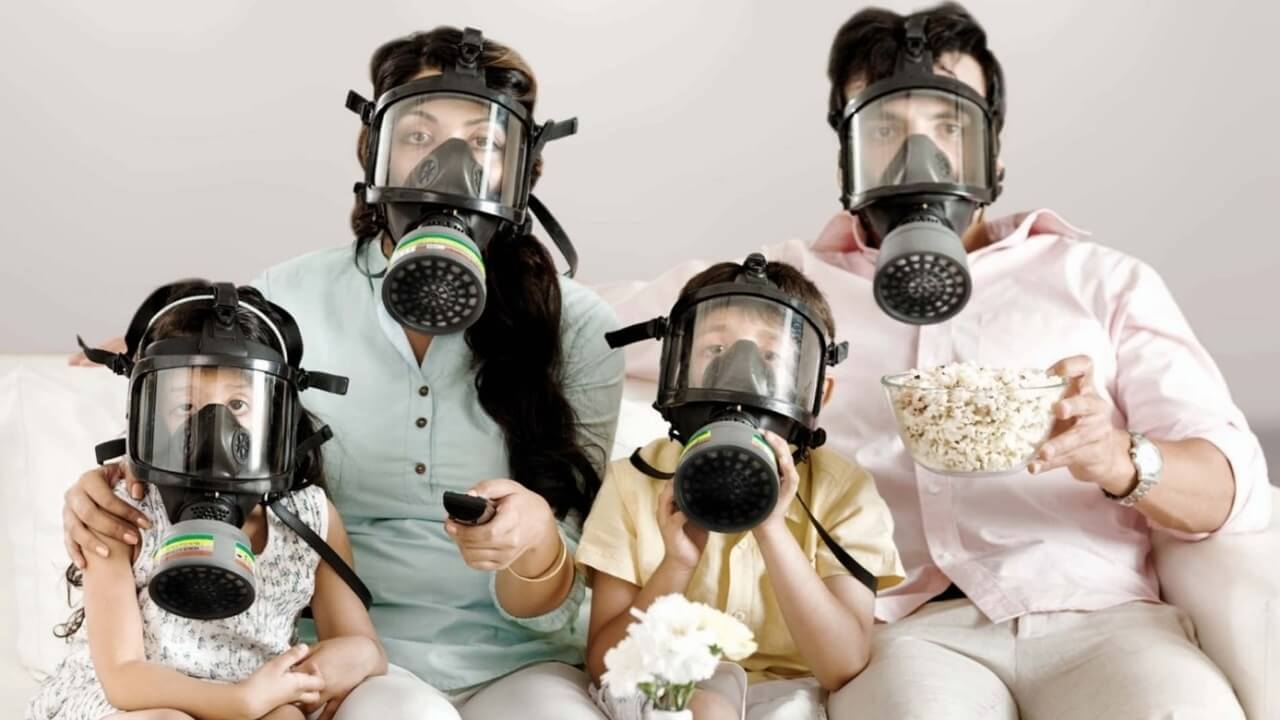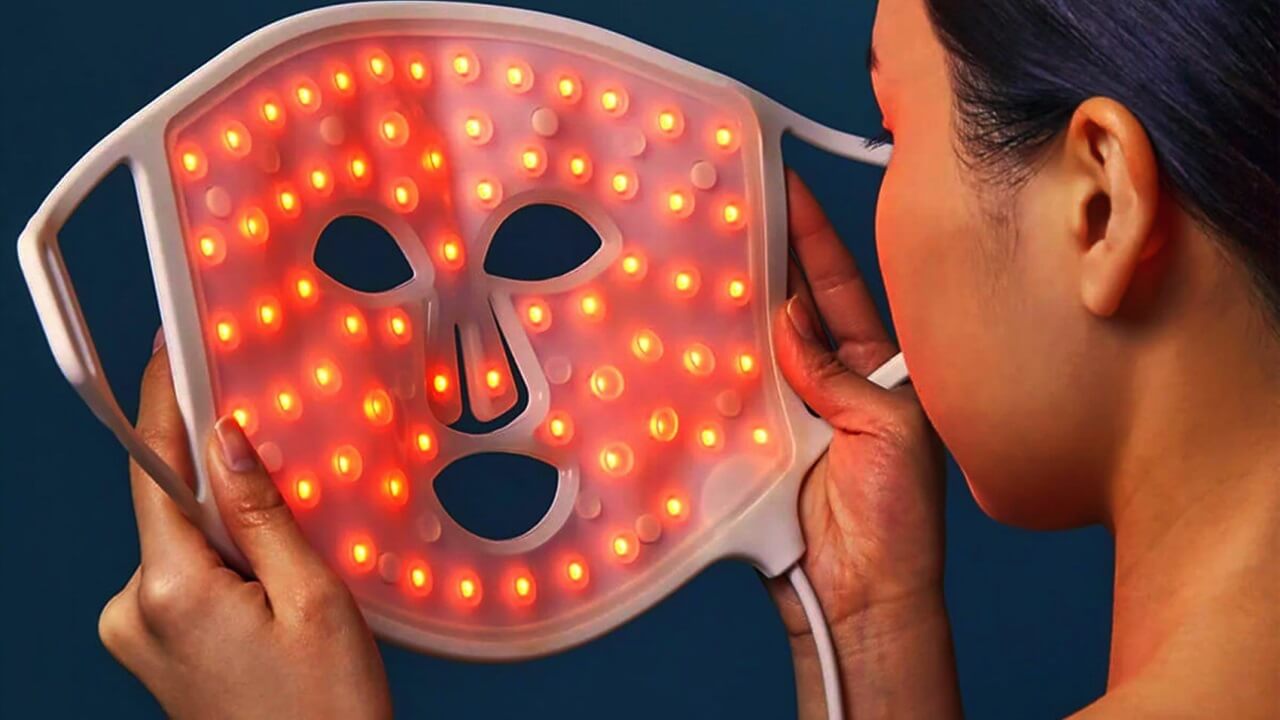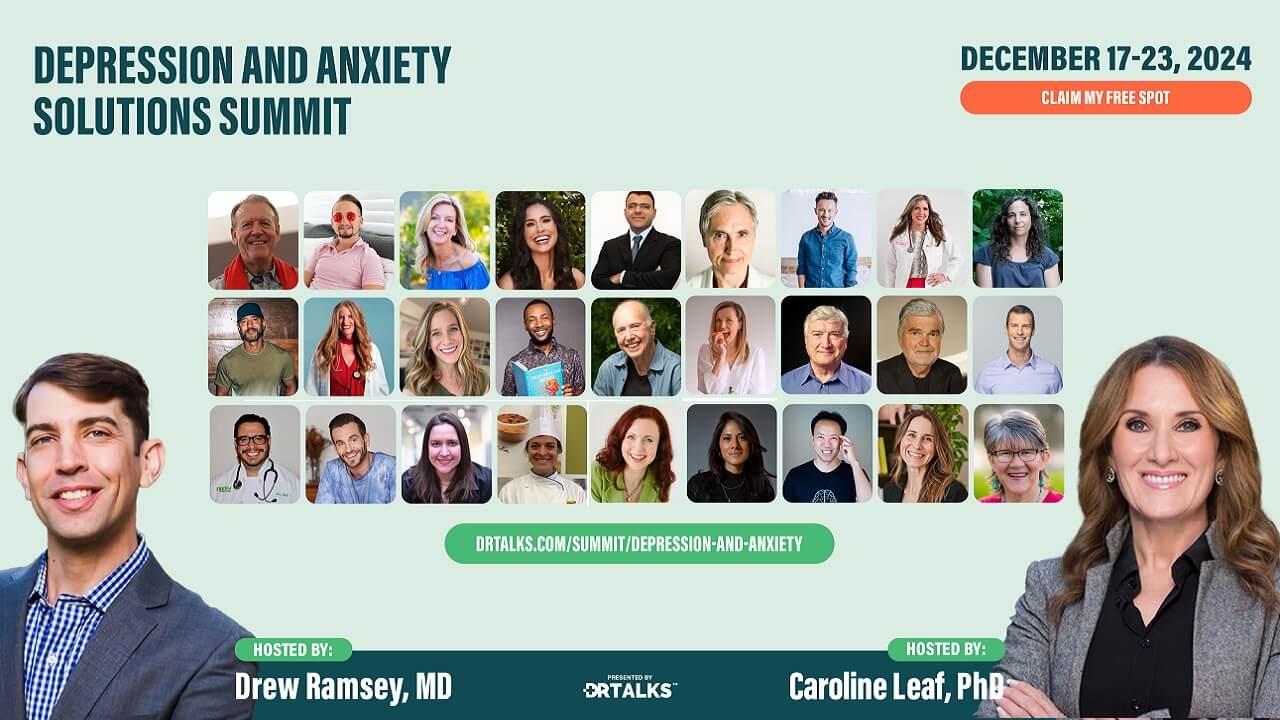Events
Could Your Home Be Making You Sick?

People think of dirty air as the type from a road, forest fire, or industrial plant.
But it turns out that the air inside your house is anywhere from 2-5 times worse than the air on a busy city street filled with pollution from car exhausts.
And considering the average person now spends 90% of their time indoors (office work, home life, watching TV, sleeping), alarm bells should be ringing.
The WHO says that 91% of the world is breathing polluted air, and this is causing over 4 million premature deaths per year.
In fact, the WHO says that more people die from indoor air pollution than the combined deaths from malaria, tuberculosis, and AIDS/HIV (so they say).
Doctors and scientists have looked into the dirty household air issue, and their findings will astound you.
Studies have shown that 29% of lung cancer deaths are due to poor indoor air quality, as well as 24% of strokes, and 25% of heart disease cases.
It’s also the factor behind 43% of COPD cases, including emphysema and bronchitis, as well millions of new asthma cases each year.
Another study showed air pollution is as bad as smoking, for miscarriages.
It’s also associated with causing diseases in the spleen, liver, nose, throat, and blood, as well as Alzheimer’s, insomnia, depression, infertility & cancer.
Then there are symptoms such as headaches, dizziness, nausea, fatigue, coughing, and bronchitis, which are often mistakenly diagnosed as the flu.
Lastly, you may be surprised to hear that the official medical statistics show that air pollution is the 6th leading risk factor for death in the world.
It’s behind only blood pressure, smoking, blood sugar, obesity, & cholesterol.
Indoor air pollution is one of the greatest “hidden” sources of disease.
It wasn’t always this way, but our modern lifestyles are actually very toxic.
Most people don’t know that buildings need to breathe – and they used to.
The air in a home should be fully changed (all the old air goes out and fresh new air comes in) at a rate of around 10-12 times per hour.
But the national average in the US is 7, and some states have building codes which allow a minimum of just 3 changes per hour.
This is the 1st problem – modern buildings are designed for energy efficiency.
Doors, windows, and roofs are sealed off tightly, not allowing proper air flow.
So while we are keeping out dust, sand, and insects from outside, and keeping our homes cool with AC, or warm with heaters… it’s killing us slowly.
We seem to have forgotten that the famous Florence Nightingale, the founder of modern nursing, strongly advised hospitals to open their windows.
She said that the light and ventilation would help to displace the stagnant, musty, and corrupt air, and it also stemmed the spread of infections.
But it’s not just the design of our modern homes that is the problem, but also what they are built with, what we furnish them with, and what we keep inside.
Modern home building has shifted away from traditional building materials.
For example, instead of breathable insulation, we use spray foam that off-gasses chemicals, and the house paints are also extremely toxic.
The carpets give off chemicals from the glues, stoves and ovens give off gases and other chemicals, and the cookwares may be the worst of all.
Everything from your curtains to sofa sets are coated with flame retardants, and half of our household items are made from plastic these days.
All of these things off-gas all day, every day, and maybe some of the most dangerous of all come from the ground below, such as radon gas.
Our cleaning products, including sprays, detergents, washing soaps, affect the indoor air quality, and don’t forget drycleaned clothes, candles & printers.
Then there are mold spores, bacterial growths, pollen, pet dander, smoke, insect debris, and dust (of which 50% is actually our dead skin cells).
It’s a proven fact that indoor air is much, much more dirtier than outdoor air.
Considering all the aforementioned facts, you have to agree that indoor air quality is a major factor affecting your health (and may already be doing so).
When I came across this information, I really wanted to get out of my house and move to a nice, naturally built house in the woods, full of fresh air.
But not everyone can do that, which is why we need modern solutions to tackle this modern problem, and keep our health safe.
One of the best ways to do this is to use an indoor air filter device.
All the harmful disease causing particles from your house (or office) building materials, furnishings, household items, and bacteria etc, will be removed.
All the diseases previously mentioned will no longer be a concern (from this source), and studies have shown how these devices also improve your life.
An EPA study showed that productivity rose when being near these devices, while a Harvard study showed that cognitive function improved dramatically.
Alzheimer’s and dementia rates almost doubled from poor indoor air quality, so it’s great to see these conditions go away with just access to clean air.
There are a lot of devices out on the market, but if you get access to a good medical grade one, they will effectively remove all contaminants from the air.
In 10 minutes, one of these devices can push all of your air through it, meaning in as little as 1 hour, the air becomes 99.9999999999999% clean.
Yes, that was deliberate. 99 and 13 x 9s after the decimal – it’s that good.
The info above is only scratching the surface, and to learn more about indoor air quality solutions, I recommend watching this incredible webclass.
Air Pollution Makes You 92% More Likely to Get Alzheimer’s will answer the question Could Your Home Be Making You Sick?, and much more.











































